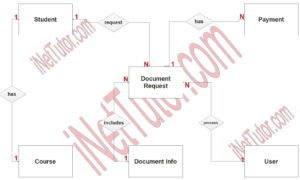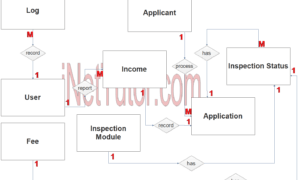Vehicle Parking Management System ER Diagram
The capstone project entitled Vehicle Parking Management System is an information system that can manage the records and transactions on parking lots and facilities. The platform also includes a booking and reservation module wherein the customers can select a parking slot and book or reserve the parking slot based on their preferred date and time.
You may visit and read the articles posted in relation to Vehicle Parking Management System
- Vehicle Parking Management System Database Design
- Smart Vehicle Information System Review of Related Literature
- Online Vehicle Rental System Capstone Project
This article will discuss the step by step process on how to prepare the entity relationship diagram or ERD of the project entitled Vehicle Parking Management System.
The first step in the development of the Vehicle Parking Management System is to prepare the ER diagram that will serve as the basis later on in the creation of the actual database.
We will create and explain the process of making the entity relationship diagram of Vehicle Parking Management System.
Let’s start from the symbols used in the ER Diagram.
Entity is represented by the rectangle shape. The entity will be our database table of Vehicle Parking Management System later on.
Attribute is represented by the oval shape. This will be the columns or fields of each table in the Vehicle Parking Management System.
Relationship is represented by diamond shape. This will determine the relationships among entities. This is usually in a form of primary key to foreign key connection.
We will follow the 3 basic rules in creating the ER Diagram.
- Identify all the entities.
- Identify the relationship between entities and
- Add meaningful attributes to our entities.
Step 1. In the Vehicle Parking Management System we have the following entities
- User
- User Group
- Vehicle
- Vehicle Category
- Vehicle Owner
- Parking Slot
- Booking
- Payment
Our design of Vehicle Parking Management System consists of 8 entities; the specified entities will be our database tables in the design and implementation of Vehicle Parking Management database schema.
We will now draw the entities of the Vehicle Parking Management System specified above and it will be represented by a rectangle shape. The image below is the entities identified in the scope of the Vehicle Parking Management System.
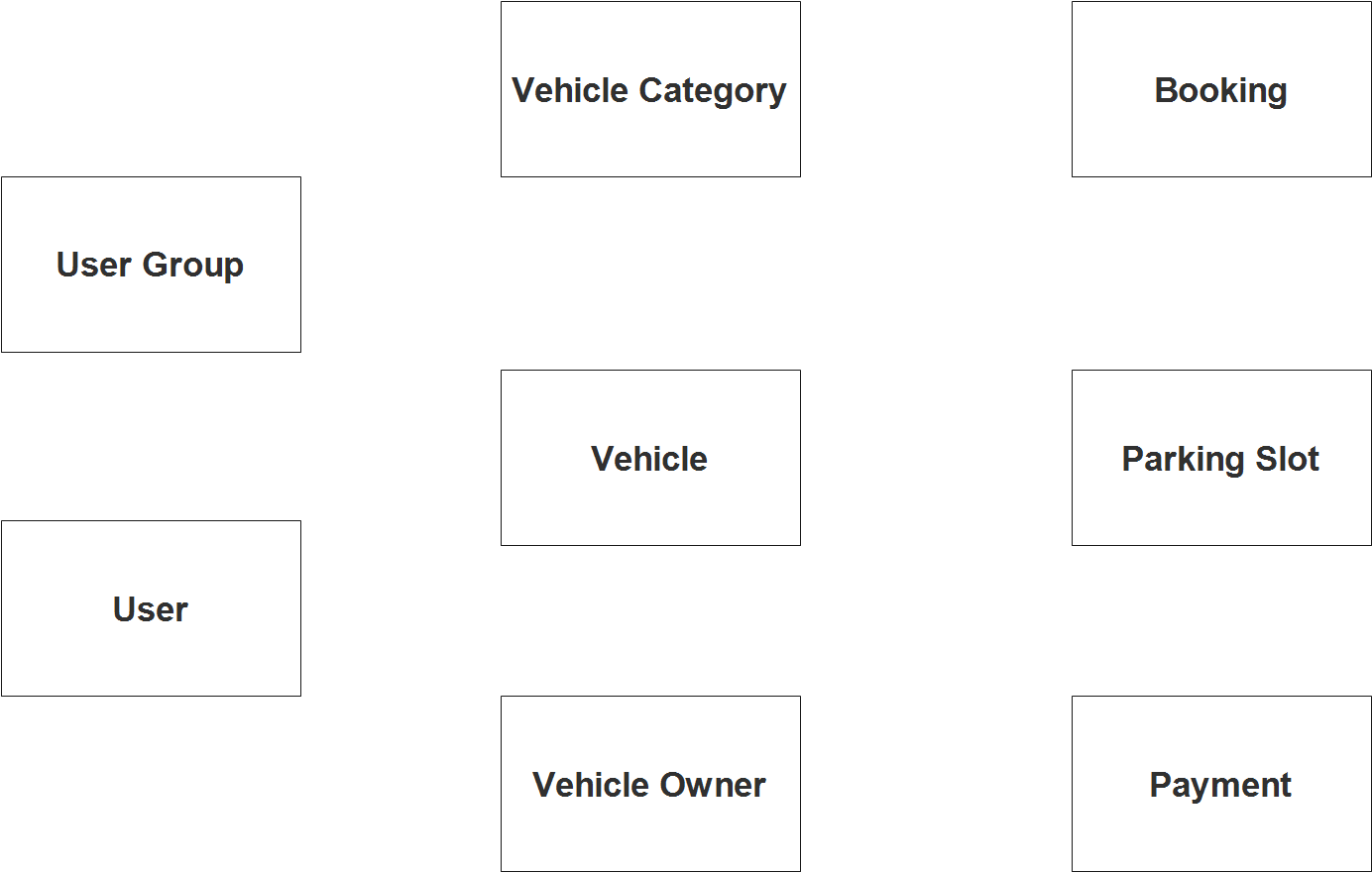
Step 2. After we have specified our entities, it is time now to connect or establish a relationship among the entities.
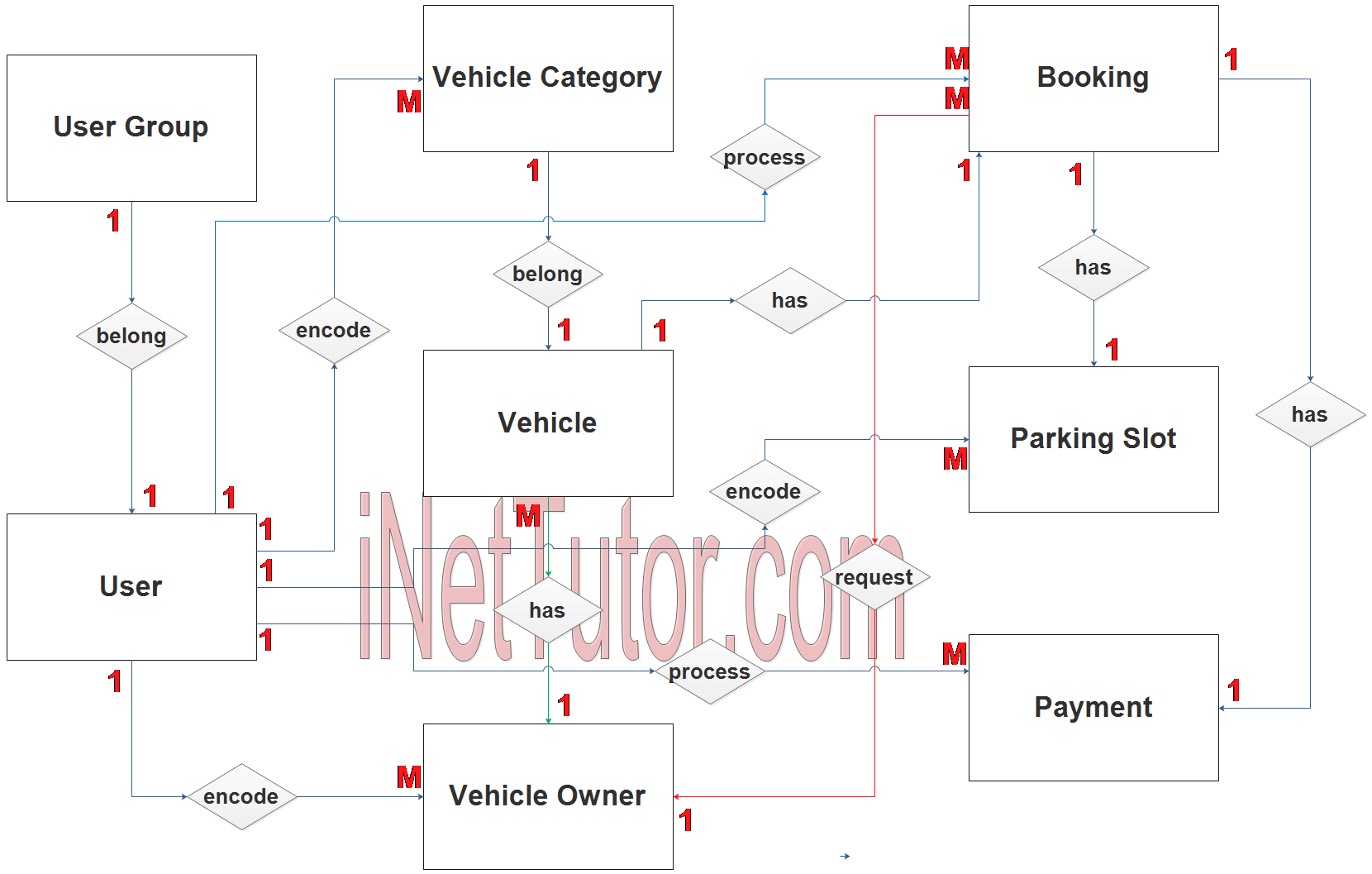
- A user can be assigned to a user group or category with specified roles and permissions. (1 to 1 relationship).
- The user encodes, manage, approve, and update the vehicle owner registration or information (1 to many relationship).
- The user encodes, manage, approve, and update the vehicle category information (1 to many relationship).
- The user processes the booking of the customers (1 to many relationship).
- The vehicle owner may have 1 or more vehicles (1 to many relationship).
- A vehicle belongs to a vehicle category (1 to 1 relationship).
- The vehicle owner can request or book multiple parking slot reservation transaction (1 to many relationship).
- One booking is equivalent to one parking slot or space (1 to 1 relationship). It means that the vehicle owner needs to process 1 booking transaction per vehicle.
- One booking transaction is also equivalent to 1 payment transaction. (1 to 1 relationship).
Step 3. The last part of the ERD process is to add attributes to our entities.
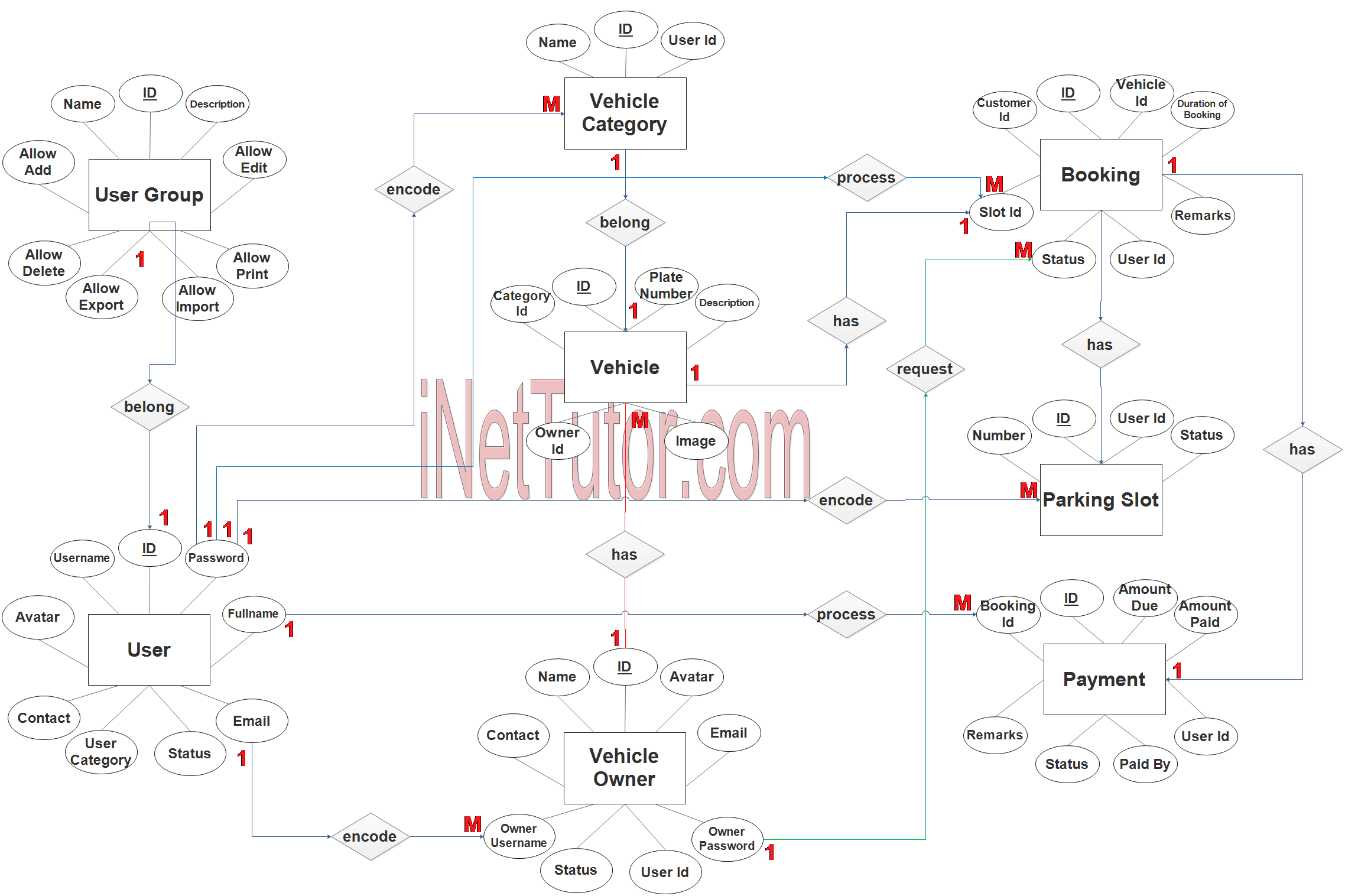
User Entity has the following attributes:
- ID – primary key represented with underline
- Full name
- Contact
- Avatar
- User Category – foreign key
- Status
- Username
- Password
User Group Entity has the following attributes:
- ID – primary key represented with underline
- Name
- Description
- Allow Add
- Allow Edit
- Allow Delete
- Allow Print
- Allow Import
- Allow Export
Vehicle Entity has the following attributes:
- ID – primary key represented with underline
- Plate Number
- Category ID – foreign key
- Description
- Owner ID – foreign key
- Image
Vehicle Category Entity has the following attributes:
- ID – primary key represented with underline
- Name
- User ID – foreign key
Vehicle Owner Entity has the following attributes:
- ID – primary key represented with underline
- Name
- Contact
- Avatar
- Owner Username
- Owner Password
- Status
- User ID – foreign key
Parking Slot Entity has the following attributes:
- ID – primary key represented with underline
- Number
- User ID – foreign key
- Status
Booking Entity has the following attributes:
- ID – primary key represented with underline
- Customer ID – foreign key
- Vehicle ID – foreign key
- Slot ID – foreign key
- Duration of Booking
- Status
- Remarks
- User ID – foreign key
Payment Entity has the following attributes:
- ID – primary key represented with underline
- Booking ID – foreign key
- Amount Due
- Amount Paid
- Remarks
- Status
- Paid By
- User ID – foreign key
Note: all attributes with underline represents the primary key of the entity or table.
The next step is to convert the plan designed on ER Diagram into the actual database, please search for the Vehicle Parking Management System article which was already posted.
Contact us on our facebook page for the softcopy of the Vehicle Parking Management System.
You may visit our facebook page for more information, inquiries and comments.
Hire our team to do the project.
